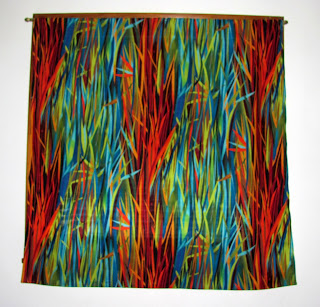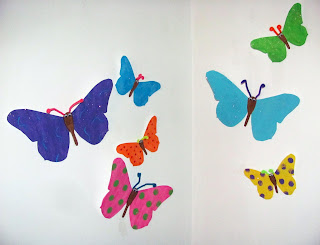I really love science, and I love cooking, so it seems natural that I keep teaching Little BBQ lots of science in the kitchen. This time I took my Daring Bakers challenge which was candy this month and turned it into a science experiment for Little BBQ. Sponge candy is a very simple candy to make with lots of interesting science.
Basically sugar is heated to a high temperature where it turns into the “soft ball stage” then baking soda (Sodium bicarbonate [NaHCO3]) is quickly added to the hot sugar. The heat from the hot sugar causes the baking soda to release carbon dioxide bubbles. Then, the candy is quickly cooled and the carbon dioxide bubbles get trapped in the candy and the sugar does not have time to line up into ordered crystal structures. Another trick to sponge candy is that you add an interfering agent that contains high levels of fructose like corn syrup or honey. The interfering agent helps to prevent the sugar from lining up and making hard crystal structures that gives some candy a grainy texture. Instead the sugar will look glassy and disorganized under a microscope.
For our little experiment we took microscope pictures of sugar as our control. Then, we made the sponge candy. We made sure that we had holes in our candy. Then, we placed the sponge candy back under the microscope to see if the sugar had enough time to make organized structures. It appears that we made our sponge candy properly because we found air pockets from the CO2 and glossy, disorganized sugar structures.
Little BBQ got so into this experiment and the science behind it that he wanted to know more, so I drew a picture of sugar at the molecular level. I let him color all the carbon, oxygen, and hydrogen atoms different colors, and we counted how many bonds each atom has connected to it to make general rules about hydrogen bonds, carbon bonds, and oxygen bonds. I am very proud of Little BBQ on this experiment. For the sponge candy recipe, please see my cooking blog post on sponge candy.
More microscope images of sponge candy:
More microscope images of sponge candy:










